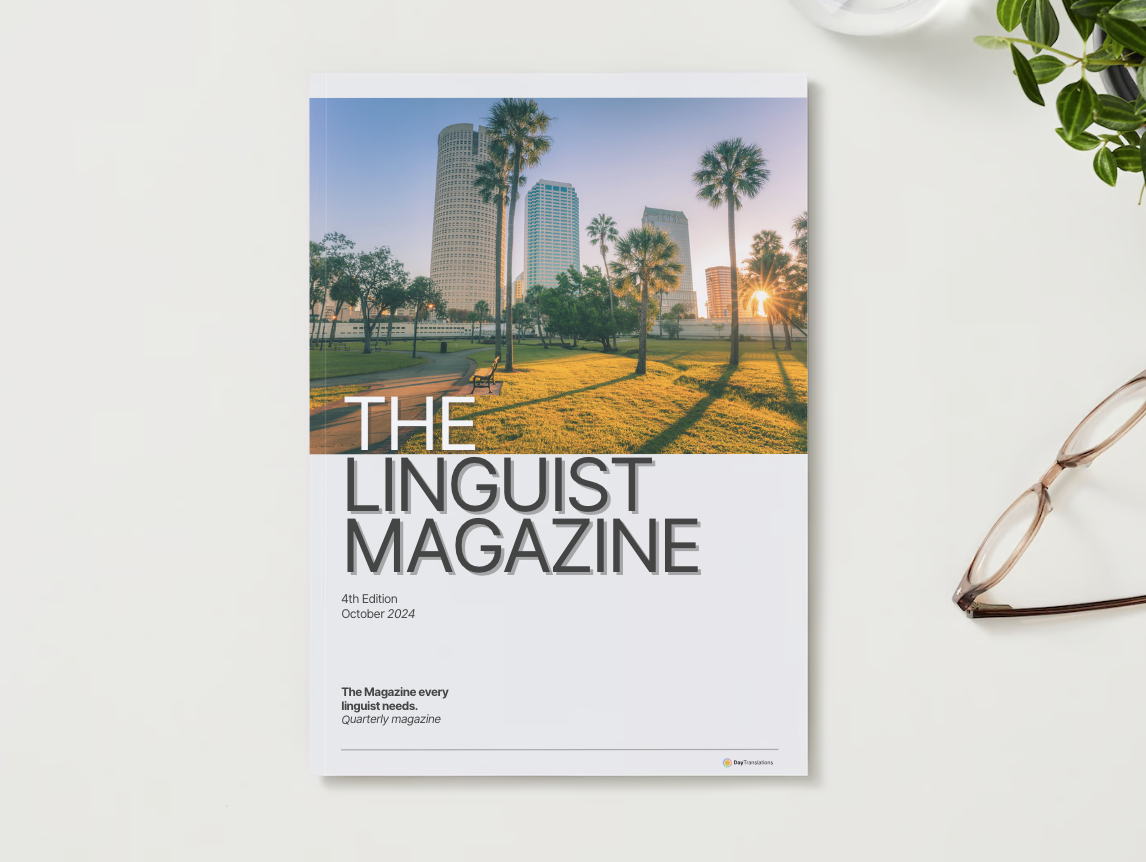The Linguist Magazine on How To Sell Services in the Language Industry
This article is in partnership with Day Translations.
Now in its fourth issue, The Linguist Magazine covered a popular topic that never goes out of fashion: how to sell. Looking at the language services industry, the magazine explores what works to create trust and to add value to both existing and potential customers.
Selling Is About Solutions
The key message in The Linguist Magazine’s article is that selling is about offering a solution to a problem.
Instead of listing all the features and specifications of a product or service, the key to a successful sales campaign is to hightlight the benefits to the customers and how the product can make their life easier, save time or take care of something that is worrying them.
For example, an accountant could explain in a sales document how they can help clients meet their tax return deadlines by keeping good records or maximise their pension contributions or avoid having to pay fines for late filing and so on.
Once you’ve established a client’s pain point or objectives, you can tailor your sales messages to cater for those needs.
When applied to the language industry, the magazine states that translation and interpretation is about selling solutions and not words.
Day Translations’ Strategy
The selling strategy that Day Translations have been using over the years is to listen to their clients and work together through a collaborative approach to find a solution that best suits their needs.
This way of working guarantees that the client can integrate translated content into their overall plans.
An important part of this type of collaborative work is understanding the client’s cultural background and being able to prove that you can adapt translations to sound natural to natives and have the correct references.
Showing awareness and respect for different cultures helps to build bridges and establish strong working relationships. Then, showing the client how professional translators maximise technologies to be effective and fast in the delivery of projects is a valuable asset, with the added advantage of having a pool of talented individuals who specialise in linguistics and have in depth knowledge of technical terms and specific industries and markets.
Alongside the more technical aspects of translating, there is the communication aspect, making sure that the client is kept up to date with progress and then, at project completion, keeping that communication going with thoughtful follow up emails and phone calls.
It takes time to build trust and by demonstrating not only technical abilities and achievements but also bringing real life examples of how an initial concept is brought to completion, selling becomes easier because it’s more of a matchmaking exercise than trying to persuade someone to buy.
